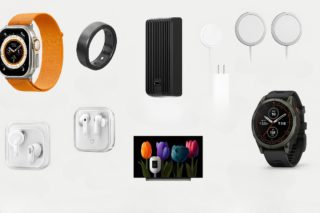You’re cruising down the highway when you notice it: a small dashboard light showing a car with a wifi symbol, or maybe just the word “ON” glowing softly near your rearview mirror. Seems harmless enough, right? That innocent little light signals something far more invasive than you bargained for when you signed those dealership papers.
Your car isn’t just getting you from point A to point B anymore—it’s become a rolling surveillance device, meticulously documenting every mile, every sudden stop, and possibly even your phone contacts if you’ve synced your device. Modern telematics systems don’t just track GPS coordinates. They’re recording your speed, how hard you brake, acceleration patterns, trip duration, seatbelt usage, and infotainment activity. Some vehicles can even detect who’s inside or outside the car.
Insurance Programs Turn Your Data Against You
Those “discount” programs can actually increase your rates based on driving behavior.
The insurance industry has weaponized this data through programs like Progressive’s “Snapshot,” Allstate’s “Drivewise,” and State Farm’s “Drive Safe & Save.” Sure, they promise discounts for good driving, but here’s the kicker: insurance tracking programs can also use that same data to jack up your rates or deny claims if their algorithms detect “risky” behavior.
Took a corner too fast, avoiding a pothole? That’s going in your permanent record. Every driving decision gets scrutinized by actuarial algorithms that don’t care about context—just data points.
Regulators Finally Wake Up to the Privacy Nightmare
FTC settlements reveal how automakers sold driver data without meaningful consent.
The Federal Trade Commission recently dropped the hammer on GM, forcing the automaker to obtain explicit driver consent after discovering they’d been selling customer data to third parties—including insurers—often without clear disclosure. Senator Edward J. Markey put it bluntly: “Automakers have been vacuuming up huge amounts of data… Consumers are often left in the dark.”
This isn’t just about GM. The entire industry has been treating driver data like a commodity while burying opt-out options in privacy policies that would challenge a law degree to navigate.
Opting Out Is Harder Than Finding a Good Parking Spot
Insurance program opt-outs don’t stop manufacturer tracking, and controls are scattered across multiple interfaces.
Here’s where it gets truly maddening: opting out of insurance tracking programs doesn’t necessarily stop your car from collecting data. That requires digging through vehicle settings menus, mobile apps, and web portals—and sometimes all three don’t talk to each other properly.
Some drivers report successfully opting out through their mobile app only to discover their web portal settings remained enabled, meaning data collection continued unabated. Your move? Start with your car’s privacy policy—usually buried in the settings menu or owner’s manual. Look for specific telematics opt-out pathways, not just insurance-related toggles. When selling your connected car, wipe all stored personal data just like you would a smartphone.
That dashboard light might seem small, but its implications for your privacy are anything but.





























